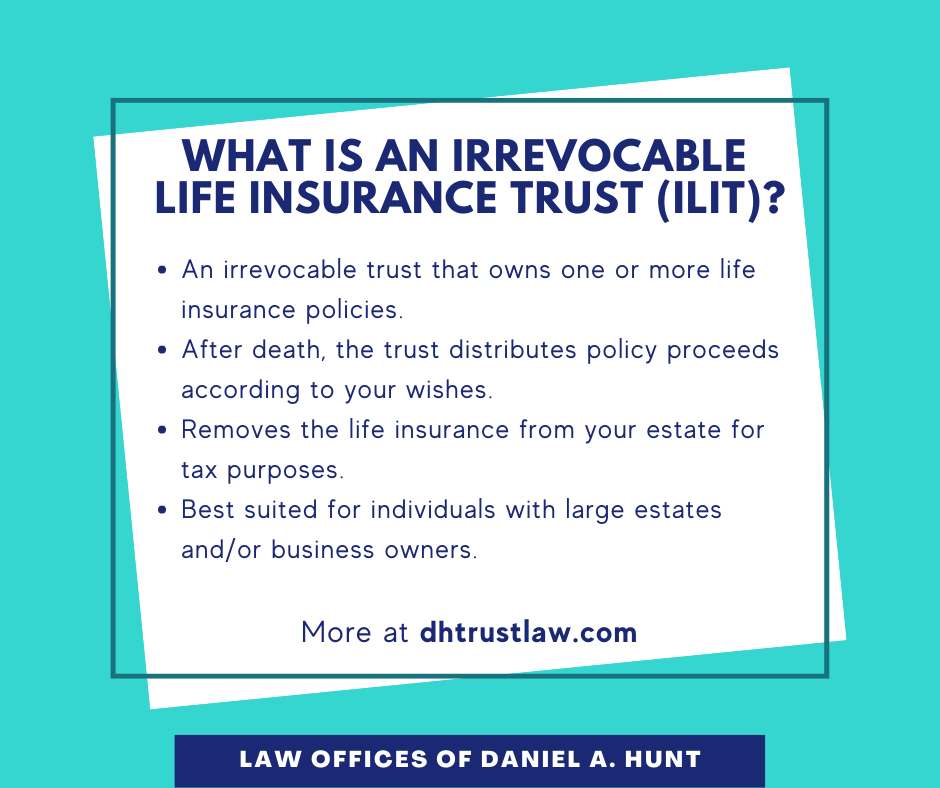The Ultimate Guide To Pacific Prime
The Ultimate Guide To Pacific Prime
Blog Article
The 7-Minute Rule for Pacific Prime
Table of ContentsThe smart Trick of Pacific Prime That Nobody is Talking AboutAll about Pacific PrimeThe Greatest Guide To Pacific PrimeFascination About Pacific PrimeSee This Report about Pacific Prime

This is since the information were gathered for a duration of solid economic performance. Of the approximated 42 million individuals who were uninsured, all yet about 420,000 (regarding 1 percent) were under 65 years old, the age at which most Americans end up being qualified for Medicare; 32 million were adults in between ages 18 and 65, around 19 percent of all adults in this age team; and 10 million were children under 18 years old, about 13.9 percent of all kids (Mills, 2000).
These price quotes of the number of individuals without insurance are produced from the yearly March Supplement to the Current Population Study (CPS), performed by the Demographics Bureau. Unless otherwise noted, national quotes of people without wellness insurance and proportions of the population with different type of insurance coverage are based upon the CPS, one of the most extensively used source of estimates of insurance coverage and uninsurance rates.
Fascination About Pacific Prime

Still, the CPS is especially valuable due to the fact that it creates annual estimates relatively promptly, reporting the previous year's insurance policy coverage estimates each September, and due to the fact that it is the basis for a regular set of estimates for greater than two decades, enabling evaluation of trends in coverage with time. For these factors, in addition to the substantial usage of the CPS in other studies of insurance policy coverage that are presented in this record, we depend on CPS estimates, with constraints kept in mind.

The estimate of the variety of uninsured individuals expands when a populace's insurance policy condition is tracked for several years. Over a three-year duration starting early in 1993, 72 million people, 29 percent of the U.S. https://pacificpr1me.edublogs.org/2024/04/02/pacific-prime-your-one-stop-shop-for-insurance-solutions/. population, were without coverage for at the very least one month. Within a solitary year (1994 ), 53 million individuals experienced at the very least a month without protection (Bennefield, 1998a)
Six out of every ten without insurance grownups are themselves used. Although functioning does boost the probability that a person and one's relative will certainly have insurance coverage, it is not an assurance. Even members of family members with two permanent wage earners have almost a one-in-ten possibility of being uninsured (9.1 percent uninsured price) (Hoffman and Pohl, 2000).
The Pacific Prime PDFs
New immigrants represent a significant percentage of individuals without medical insurance. One analysis has actually attributed a significant section of the current growth in the dimension of the united state without insurance populace to immigrants that showed up in the nation in between 1994 and 1998 (Camarota and Edwards, 2000). Recent immigrants (those that involved the United States within the past four years) do have a high rate of being uninsured (46 percent), but they and their youngsters make up just 6 percent of those without insurance policy across the country (Holahan et al., 2001).
The connection in between medical insurance and accessibility to care is well established, as recorded later on in this phase. The relationship between health and wellness insurance policy and wellness results is neither straight nor straightforward, a comprehensive professional and health and wellness solutions research literary works links wellness insurance coverage to enhanced accessibility to care, much better quality, and enhanced personal and population wellness status.
Degrees of evaluation for examining the effects of uninsurance. This conversation of health insurance coverage concentrates primarily on the U.S. population under age 65 since practically all Americans 65 and older have Medicare or other public insurance coverage. Additionally, it focuses especially on those without any kind of medical insurance for any type of length of time.
Excitement About Pacific Prime
The problems dealt with by the underinsured are in some areas comparable to those encountered by the uninsured, although they are typically less serious. Wellness insurance, nonetheless, is neither necessary neither more helpful hints enough to gain accessibility to clinical services. The independent and direct result of wellness insurance policy coverage on accessibility to health and wellness services is well developed.
Others will acquire the health and wellness treatment they need even without medical insurance, by paying for it out of pocket or seeking it from providers who offer care complimentary or at extremely subsidized rates. For still others, health insurance coverage alone does not make sure receipt of treatment due to various other nonfinancial obstacles, such as a lack of healthcare service providers in their neighborhood, limited access to transport, illiteracy, or linguistic and cultural differences.
Pacific Prime Fundamentals Explained
Official research study concerning uninsured populations in the USA dates to the late 1920s and early 1930s when the Board on the Expense of Treatment produced a collection of records concerning financing doctor workplace check outs and hospitalizations. This problem came to be prominent as the numbers of clinically indigent climbed during the Great Depression.
Report this page